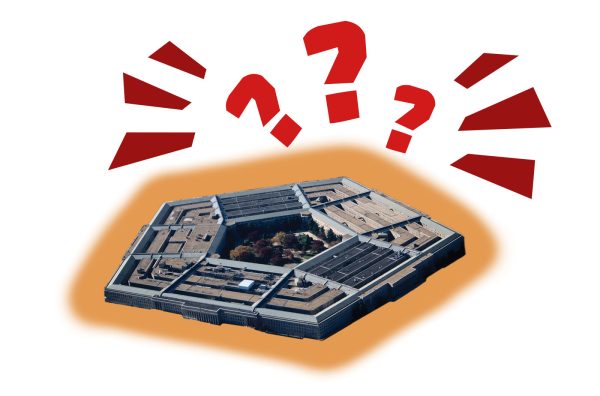The benefits of studying math
Many people stress over the fact that they have to take mathematics in high school or college. Students do not want to find the roots of a quadratic equation, calculate the integral of a function or determine the eigenvectors and eigenvalues of a matrix. They say that math does not have any real application in the world. Some high schools and colleges are even decreasing the number of math requirements. But I believe math has many amazing and crucial applications. I would even go so far as to consider it an art.
Math is important, as it visually models and explains scientific phenomena that may be difficult to explain conceptually. Math has tremendous application in physical chemistry. In thermodynamics, partial differentiation is used to understand Maxwell relations which provide the link between thermodynamic parameters such as enthalpy, internal energy, entropy, temperature, Gibbs free energy and Helmholtz free energy. In quantum chemistry, integrals are used to determine the probability of finding an electron between certain regions of atomic space (orbital!). Differential equations are used to solve the Schrodinger equation, which is an equation describing the energetics of the hydrogen atoms in terms of kinetic and potential energy.
In general chemistry, chemical kinetics are studied using derivatives and integrals. To determine the rate of product formation or reactant dissipation, the derivative is used. To determine the expressions between the initial and final concentration of a species at some time, the rate equations must be integrated to get the integrated rate laws.
In physics, calculus is used to study classical mechanics and electromagnetism. To determine the work produced by a moving body, the force must be integrated over a distance. To determine acceleration from velocity, the velocity function must be differentiated. Gauss’s law for magnetism tells us that the flux integral of the magnetic field over a region is zero. In other words, there is no isolated magnetic moments suggesting the nonexistence of magnetic monopoles. Even biology has some calculus involved. Logistic growth of a certain population can be modeled using differential equations. These examples are proof of the importance of math in STEM fields.
No matter what subject you are majoring in, if you choose to do research, there will be some math involved. When presenting data or conclusions, there needs to be a way to represent the data accurately. This is where statistics come into play. In many disciplines, the presenter or author has to figure out how to convey their point in graphical form. Some data can be represented as a line graph while others should be represented as a bar graph. Some data needs to be analyzed in terms of statistical significance. Tests such as the t-test or chi-square are utilized to analyze statistical significance of sample and population sets.
Some even appreciate math in a theoretical point of view. Math on its own provides beauty and simplicity in the complex world of education. Some important courses described below highlight new tools obtained to solve myriad problems. Calculus 1 looks at differentiation and the role of the rate. Rates can be useful when studying optimization. Optimization are important applications of differentiation. If you want to find the absolute maxima or local minima of a function, the derivative must be taken, and the solutions are found. Related rates describe how one quantity is changed when another quantity is changed. For instance, when the radius of a cone changes, how does the volume of the cone change?
Calculus 2 looks at integration and series and the role of the sum. Sums can be useful when studying volumes. The volume of a function revolving about an axis or line can be determined by integrating the function. The arc length of a function is determined by integrating tiny pieces of length together. Before calculators were used to evaluate certain functions, mathematicians used techniques to evaluate these functions in terms of polynomials. These are known as Taylor polynomials. For instance, to evaluate cos(x) for any x, a characteristic polynomial is used to evaluate the function.
Calculus 3 applies the principles learned in calculus 1 and 2 and takes it to three-dimension. Now, derivatives and integrals are taken for multivariable functions and vectors. Higher-level mathematics involves the use of proofs. Proofs are important to show the audience why theorems are true. Higher mathematics looks at the intricate pieces and explains them using proofs and computations. At these levels of math, people start realizing the art and beauty of such a field.
Overall, mathematics is important and crucial in both the theoretical and practical frameworks. Just like any other field, math answers many questions about the world. I encourage anyone to take at least some math courses to see what it’s like and how it’s used to solve a variety of problems.
Your donation will support the student journalists of Saint Louis University. Your contribution will help us cover our annual website hosting costs.









